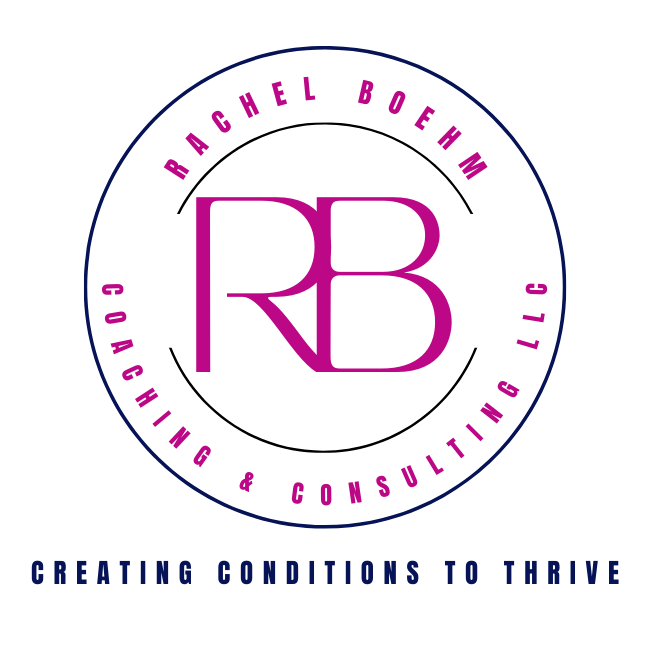Stop “Shoulding” and Start Doing: 5 Ways to Fit Exercise Into Busy Days
Stop telling yourself you should exercise, and start doing it.
Here are a few ideas for sneaking exercise into the busiest of schedules, including a 10-minute morning routine you can do anywhere to boost energy and health.
1.High-intensity interval training (HIIT): HIIT workouts involve short bursts of intense exercise followed by brief periods of rest.
These workouts can be as short as 10-15 minutes or as long as an hour. You can do weighted or body-weight strength exercises or aerobic exercises (running, rowing, cycling). The work-to-rest interval can vary, too, so you can get creative based on the time you have. One option is a 1:1 (meaning the length of your exercise period equals the length of your rest). Another option is 1:2 (meaning you rest twice as long as you workout).
HIIT is not right for everyone. So check with your doctor before you try it.
2. Tabata: Similar to HIIT, Tabata workouts consist of 20 seconds of intense exercise followed by 10 seconds of rest, repeated for a total of four minutes. The main difference between Tabata and HIIT is the length and intensity of the intervals. A true Tabata takes an insane amount of effort, more than most people are willing to push themselves to give. A lot of the time when someone is doing “Tabata” they are actually doing HIIT because the intensity is too low.
3. Exercise Snacking: This is when you sneak little workouts or movement breaks into your day. For example, when you start to feel energy sagging or have 10 minutes between meetings, run up the stairs as fast as you safely can for 20 seconds. Do NOT run down the stairs. It’s safer to run up. You could also hop on an exercise bike for a quick sprint if you have access to one near your workstation. These examples come from Dr. Andy Galpin during his in-depth interview series with Dr. Andrew Huberman.
Other moves you can do are bodyweight movements, like push-ups, squats, lunges, dips, and planks. You can do these anywhere, anytime (between meetings, waiting for your coffee to brew, waiting for the microwave to heat up your food…). As an example, you could try to do as many repetitions of one exercise as possible in a minute and keep track of your progress over time.
4. Walk: Walk as much as possible. Try a desk treadmill, taking the stairs instead of the elevator, getting off one bus or metro stop earlier than you need to and walk the rest of the way, using a water fountain or bathroom on a different floor or farther hallway, parking in the back of the parking lot rather than right by the entrance. Everywhere you go, try to sneak in more steps.
5. Try this 10-minute morning movement routine:
0-2 Warm up your whole body with dynamic stretches, shoulder, arm, ankle, and wrist rotations, and jog in place (or outside) for a minute or two.
3-9 Pick one upper body exercise (like push-ups or dips), one lower body exercise (like squats or lunges), and one core exercise (like planks or scissors). Do 30 seconds of work, then 30 seconds of rest cycling through each exercise. Then repeat it.
9-10 Cool down with slow, static stretches.
(If you have more time, repeat the workout for 1-2 more cycles).
Mix up the exercises, and try incorporating rotational exercises too.
Remember, something is better than nothing, when in doubt, just move!
More resources:
Check out this article I contributed to on Health Digest.
And here’s a quick video on the secret to starting exercise.


